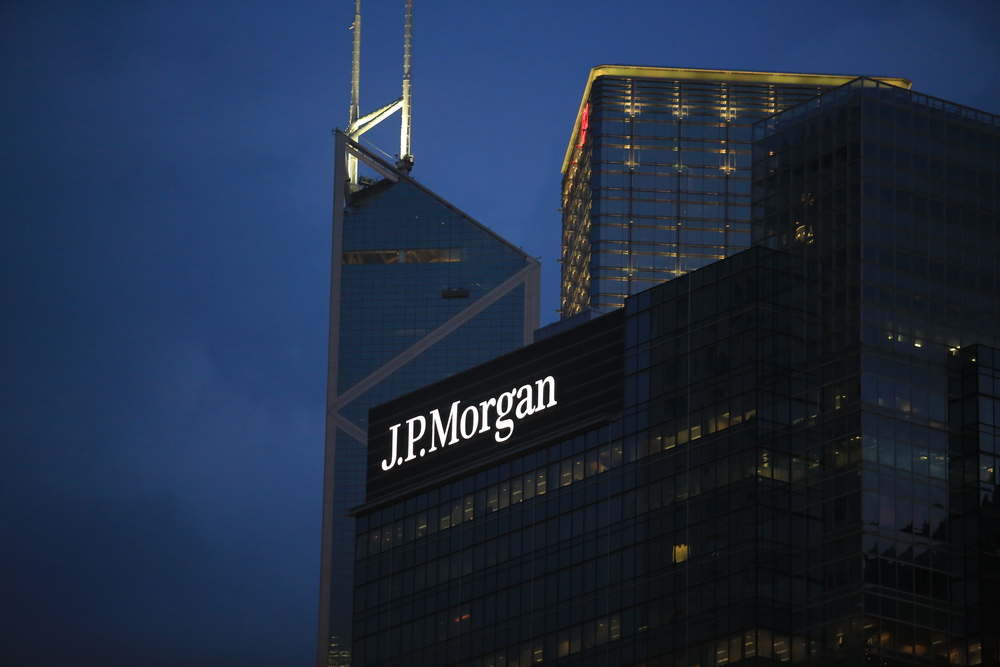.First Republic is the latest domino to fall in the U.S. banking crisis. U.S. regulators have stepped in and seized the beleaguered bank in a receivership. JPMorgan, the biggest U.S. bank based on assets, has agreed to acquire the majority of First Republic’s assets after an auction that unfolded among major banks over the weekend. JPMorgan CEO Jamie Dimon revealed that the U.S. government asked the bank to “step up.” Clearly his bank accepted the challenge.
First Republic’s stock sank over 40% last week in what has shaped up to be one of the biggest bank failures in U.S. history. Its fall marks the third such bank meltdown of 2023, following the infamous Silicon Valley Bank (SVB) and Signature bank earlier this year.
Regulators were unable to convince other banks to keep First Republic afloat. It was not for a lack of trying, with other financial institutions feverishly depositing $30 billion into the bank in recent weeks in a last-ditch effort to salvage it and stem the crisis of confidence that’s rocked the industry.
First Republic had $229 billion in assets at the time of its failure but a massive wave of customer withdrawals sent the bank reeling. JPMorgan is scooping up First Republic’s $92 billion in bank deposits, $173 billion in loans and $30 billion in securities.
The Federal Deposit Insurance Corporation (FDIC), the U.S. bank insurer, has agreed to inherit $13 billion in First Republic’s losses and extend $50 billion in financing to the bank.
This is in addition to an estimated $20 billion the FDIC covered for SVB and $2.5 billion for Signature bank. The insurer is also shouldering some of loan and mortgage losses that JPMorgan is getting from single-family, residential and commercial loans.
Meanwhile, JPMorgan will make a direct a payment of nearly $11 billion to the FDIC for First Republic’s assets. As a result, the FDIC is off the hook for some of the uninsured deposits that customers entrusted to First Republic.
Writing Was on the Wall
The banking industry’s woes began to surface in the first quarter following the massive failure of SVB, sparking panic among depositors. First Republic was vulnerable too because like SVB, it had a high amount of uninsured customer deposits.
As a result, First Republic customers began withdrawing funds at an alarming pace, totaling $100 billion, all of which came to light in the bank’s Q1 earnings report.
Similar to SVB, Silicon Valley-based First Republic was popular among tech-startups and also targeted high-net-worth individuals among its clientele, offering them attractive mortgage rates in exchange for customer deposits. Businesses were exposed with a high amount of uninsured deposits at First Republic.
Leading up to the failure, shares of First Republic fell to a new low last week as customers lost confidence in the bank. Trading in the stock was halted due to high volatility only to ultimately lose 43% in a week and set a fresh low of $3.50 per share. Year-to-date, First Republic shares shaved off 97% of their value before it was seized by regulators.
JPMorgan, the largest U.S. bank based on assets, has outlined the impact it expects First Republic’s assets to have on its performance, describing it as a “modest benefit.” The bank predicts an immediate gain of $2.6 billion. For the year, JPMorgan forecasts First Republic will tack on more than $500 million in profits.
JPMorgan’s Dimon stated,
“Our government invited us and others to step up, and we did. This acquisition modestly benefits our company overall, it is accretive to shareholders, it helps further advance our wealth strategy, and it is complementary to our existing franchise.”
In addition to JPMorgan, Bank of America and PNC bank also put their hats in the ring for First Republic’s assets over the weekend, a process that the FDIC described as “highly competitive.”
Thomas J. Hayes, Chairman and Managing Member at Great Hill Capital, told Reuters that if the industry only suffered the failure of SVB, it would have been easier to blame the executive team. But now that at pattern has developed, he points to the Federal Reserve as the catalyst, saying policymakers “moved too far too fast [on interest rates] and is breaking things.”
First Republic marks the second-biggest failure of a financial institution in the U.S. banking system, surpassed only by Washington Mutual during the Great Financial Crisis.




